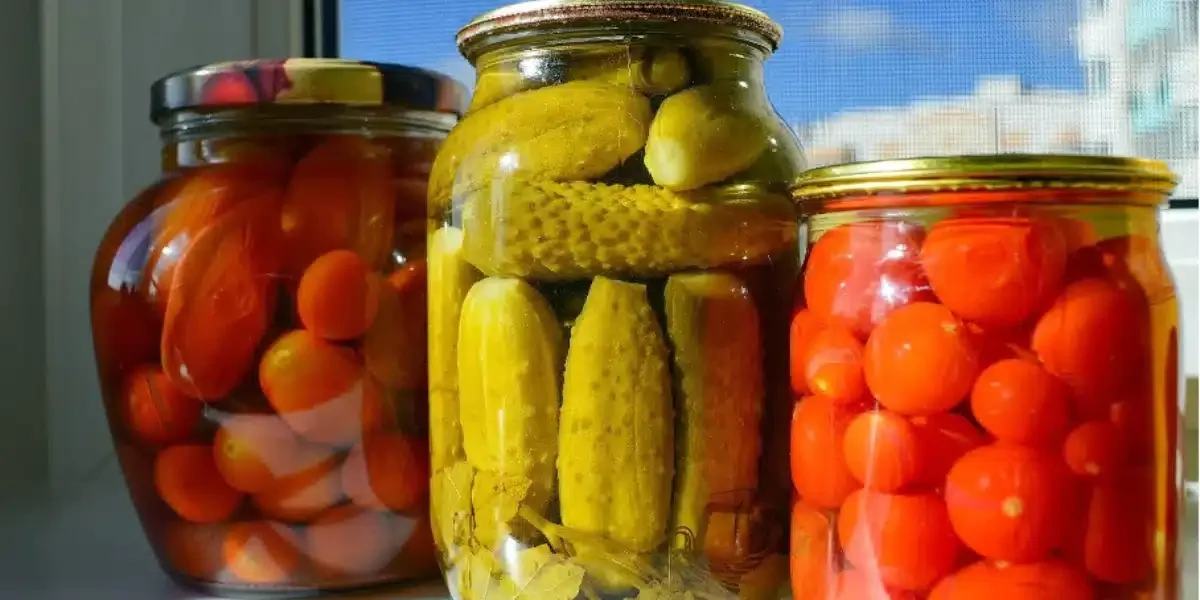Le gaspillage alimentaire fait partie intégrante du quotidien de la population et pour le limiter, il existe de nombreuses techniques, faciles à mettre en place et gratuites. Le gâchis de nourriture représente une perte pour l’économie ménagère, mais participe également à la dégradation de notre planète et donc, de notre nature. Dans cet article, découvrez quelques astuces de conservation de produits pour éviter de gaspiller.
Opter pour un meilleur stockage en fonction du type de produits
Pour éviter de gaspiller, il est crucial de connaître la méthode de conservation idéale pour chaque produit acheté.
Voici des astuces utiles, que vous pouvez mettre en place dès aujourd’hui sans dépenser plus :
- Plonger les agrumes dans de l’eau salée avec une feuille de verveine pour mieux les conserver.
- Conserver les viandes au sel, emballées dans un film étirable est la meilleure manière de préserver leur qualité.
- Éviter d’assaisonner des légumes cuits, ils doivent être conservés sous vide de préférence pour permettre une utilisation ultérieure (en gratin, soupe ou tarte).
- Stocker les légumes frais et les fruits sans avoir été lavés, dans le bac à légumes. Effectivement, le lavage est un moyen d’en accélérer la maturation et le pourrissement.
- Conserver ou acheter les produits laitiers dans des petits contenants, surtout si vous n’en consommez pas beaucoup.
🚨 Pour le stockage des aliments au réfrigérateur, il est important de savoir optimiser le rangement. Les aliments fragiles ne doivent pas être placés au fond du frigo, au risque de les voir s’abîmer contre la paroi.
🖊️ À noter :
- Les oignons, courges, avocats et pommes de terre, préfèrent la conservation à l’air libre, à l’abri du soleil.
- Les fruits et légumes doivent être consommés, de préférence, la semaine suivant leur achat.
Choisir la déshydratation des produits pour une conservation optimale
La déshydratation est une technique efficace, qui consiste à retirer l’eau des aliments, afin d’empêcher le processus de moisissure de se développer. C’est une solution de conservation des produits peu coûteuse et facile à réaliser.
Pour ce faire, il suffit de couper finement les produits à sécher. Le processus consiste à les faire sécher dans un four à 65°C pendant plusieurs heures, pour bénéficier ensuite d’une conservation des aliments allant de 3 à 6 mois. En prime, cette méthode de séchage permet de préserver les nutriments des fruits ou des légumes, tout en faisant évaporer l’eau qu’ils contiennent.
💡 Pour les herbes aromatiques, il suffit de composer des petits bouquets, puis de les suspendre par les racines, en les couvrant d’un sac en papier percé. Le tout, à l’ombre !
Préférer la congélation des aliments pour une meilleure durée de vie
La congélation est un recours incontournable pour éviter de jeter certains aliments arrivés à la date limite de consommation. Les produits doivent être mis dans des sacs de congélation ou dans des boîtes hermétiques pour en prolonger la durée de vie.
Il s’agit aussi d’une astuce pratique pour conserver des plats cuisinés en grandes quantités ou des restes d’aliments importants. Cette technique est très efficace avant de partir en vacances, de manière à retrouver des repas prêts à la consommation au retour.
🖊️ À noter :
- Pour préserver la qualité nutritionnelle et gustative des produits, il est impératif de les enfermer hermétiquement.
- La décongélation au micro-onde ou dans le réfrigérateur doit être privilégiée à la décongélation à la température ambiante.
⚠️ Les aliments décongelés ne doivent en aucun cas être recongelés.
Connaître les méthodes de conservation des produits par la chaleur pour éviter de gaspiller
Il s’agit du traitement le plus adapté pour conserver des aliments sur une longue durée et il existe différents procédés pour y arriver.
La pasteurisation
La pasteurisation consiste à la destruction des micro-organismes d’altération et pathogènes. Il s’agit d’une technique soumettant les aliments à une température oscillant entre 85 et 100 °C, pendant une durée déterminée, suivie d’un refroidissement brutal. Cette méthode permet de préserver la qualité des aliments, ainsi que leur saveur. Les produits pasteurisés sont à conserver au frais, avec une date de conservation à respecter.
La stérilisation
La stérilisation consiste à un traitement thermique, dont les températures atteignent plus de 100 °C. L’objectif de cette opération vise à détruire les microbes, de manière à garantir la stabilité des produits traités, à température ambiante.
Le traitement UHT (ultra haute température)
Cette méthode de conservation des aliments correspond surtout aux produits laitiers. Elle consiste à chauffer le produit à une température qui doit dépasser les 135 °C, pendant 1 à 5 secondes, suivie d’un refroidissement immédiat.
👉 Vient ensuite le conditionnement aseptique. Il s’agit d’une technique adaptée à la conservation longue durée, à température ambiante.
S’informer sur les autres techniques de conservation des aliments pour arrêter le gâchis
Le salage
Le salage est tout simplement une conservation au sel, celui-ci est répandu directement à la surface de l’aliment. Il est utilisé notamment dans les secteurs de la fromagerie et de la charcuterie. On retrouve également cette méthode de conservation d’aliments au sel, pour conserver certaines espèces de poissons, comme le hareng et le saumon.
Le saumurage
Le saumurage est un procédé à base de sel également, mais consiste à immerger le produit à traiter dans une solution d’eau salée. Les aliments à conserver sont plongés dans une préparation à base de sel, d’eau, d’aromates et de sucre. Dans certains cas, des additifs autorisés peuvent intégrer cet appareil.
Les techniques et astuces de bonne conservation des denrées sont généralement très peu coûteuses et ne prennent pas beaucoup de temps. Par contre, elles sont bénéfiques pour la santé, pour la lutte anti-gaspi et pour l’environnement. Alors, vous commencez quand ?
Pour agir efficacement contre le gaspillage alimentaire, pensez à télécharger une appli anti-gaspi et retrouvez toute l’actu de Freshopp, ainsi que nos meilleurs bons plans anti gâchis, depuis notre page Facebook !
⏭️ À lire aussi : Pratiques anti-gaspi hors de France : que font nos voisins ?

